CHAPTER
02
NAVIGATING CHANGES
The economic catastrophe of the Great Depression in the late 1920s and early 1930s significantly changed what opportunities and resources were available to both newly arrived Filipinos and the existing Puget Sound Filipino community.
In the 1920s, ship manifests for boats arriving in Seattle show that most Filipino immigrants were students seeking educational opportunities. After the stock market crash of 1929, national policy changes created a new and unfortunate reality for many Filipinos in Washington State and beyond.
Economic advancement became nearly impossible for Filipinos. Most were no longer eligible for government assistance and had to rely more heavily on community resources to survive. Seattle's Filipino Club and the Filipino Catholic Club in particular helped new arrivals get settled, find jobs, and build connections.
“Then Depression time, you cannot get nothing, you know. I would like to go [to school] here in Washington but, tuition is $50 dollars, and it's hard to get $50 dollars that time.”
–Eddie Acena
This 1924 certificate documents that Godfredo Aesquival has paid the necessary fee to immigrate to the U.S. After moving to Washington, Godfredo worked in shipyards.
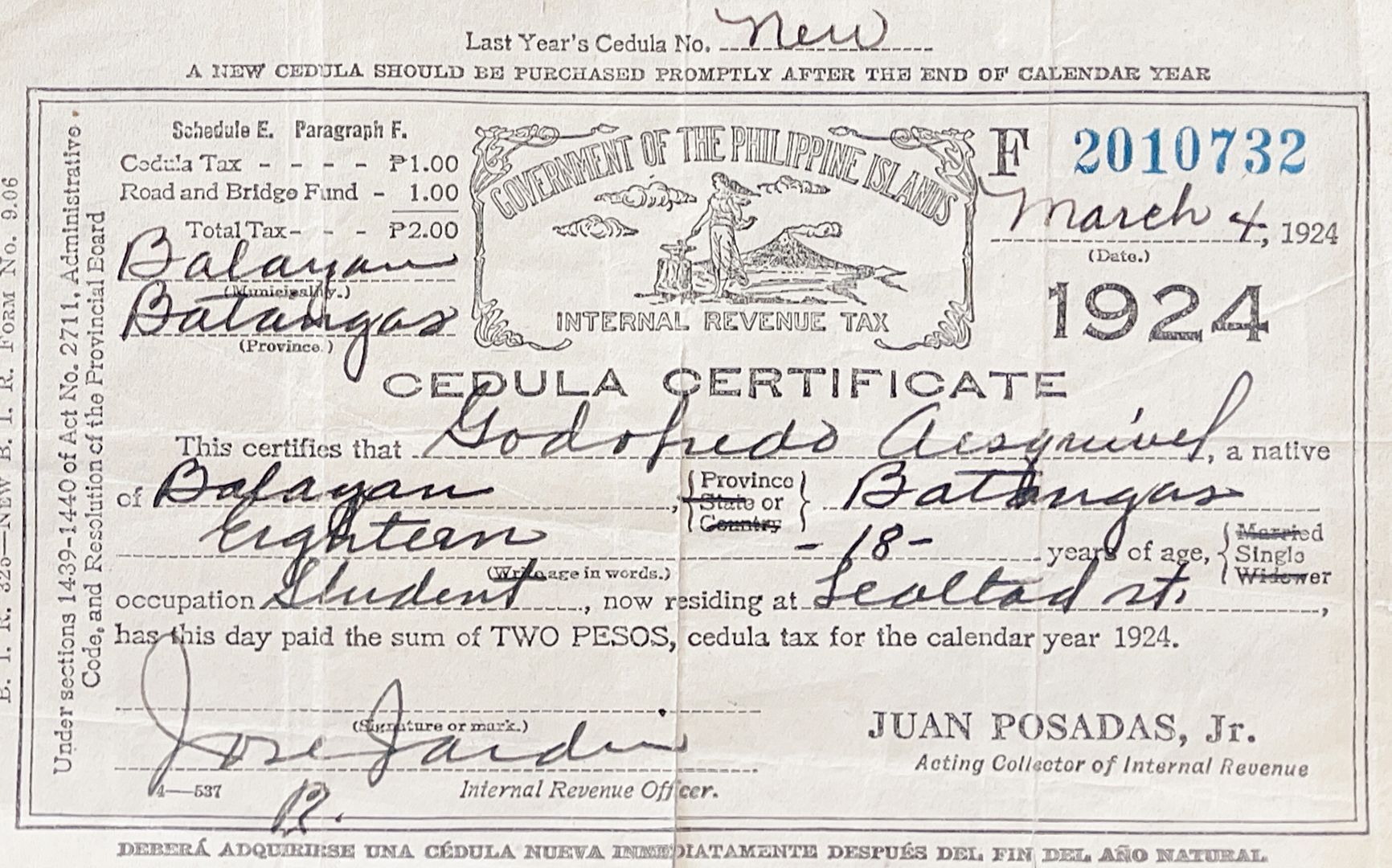
Filipino men gathered with American women at Seattle's Ritz Social Club to dance in 1933.
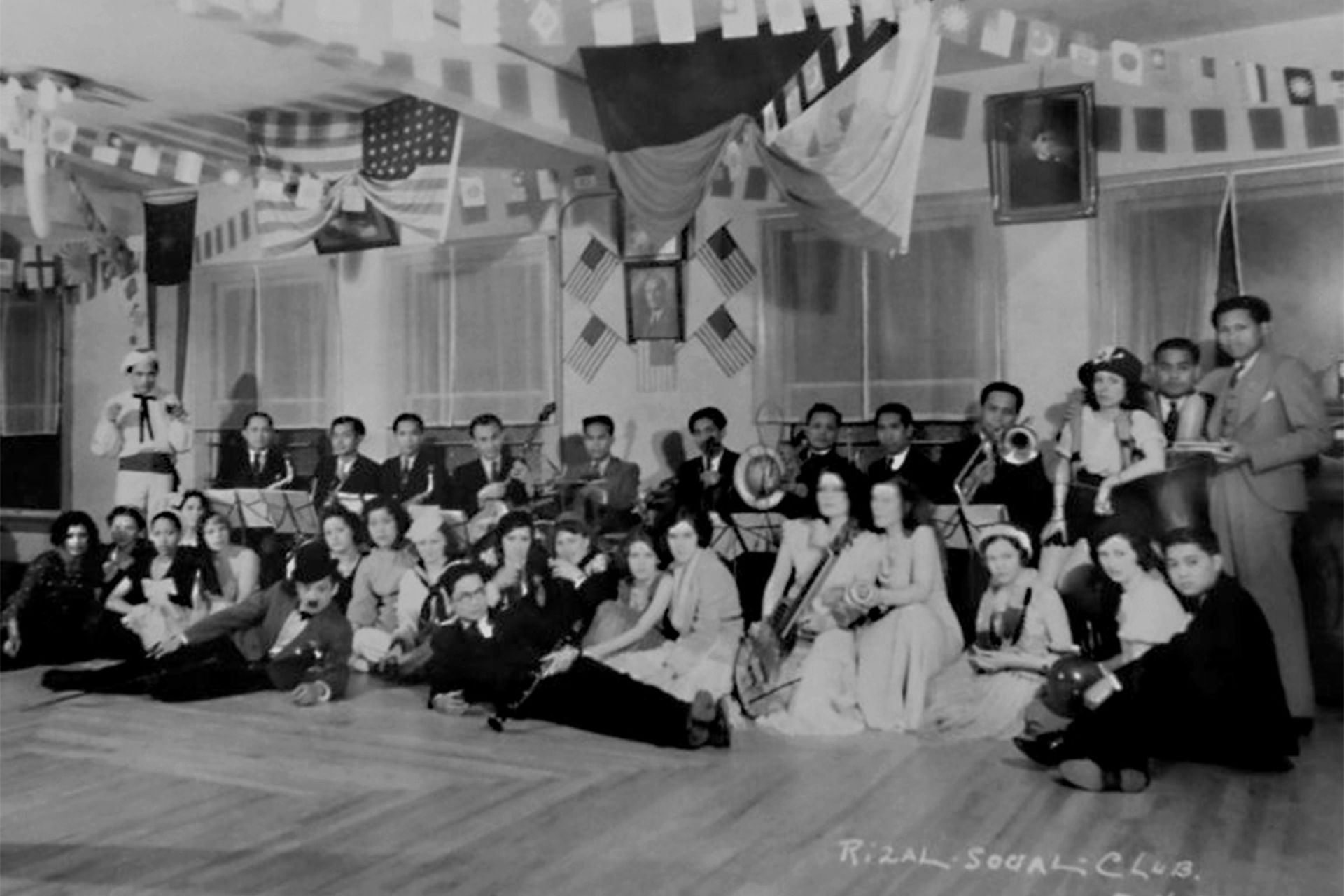
CHANGES TO UNITED STATES IMMIGRATION POLICY
The Tydings-McDuffie Act of 1934 rescinded the "national" status of Filipinos, instituted an immigration quota, and actively enticed Filipinos already in the U.S. to return to the Philippines.
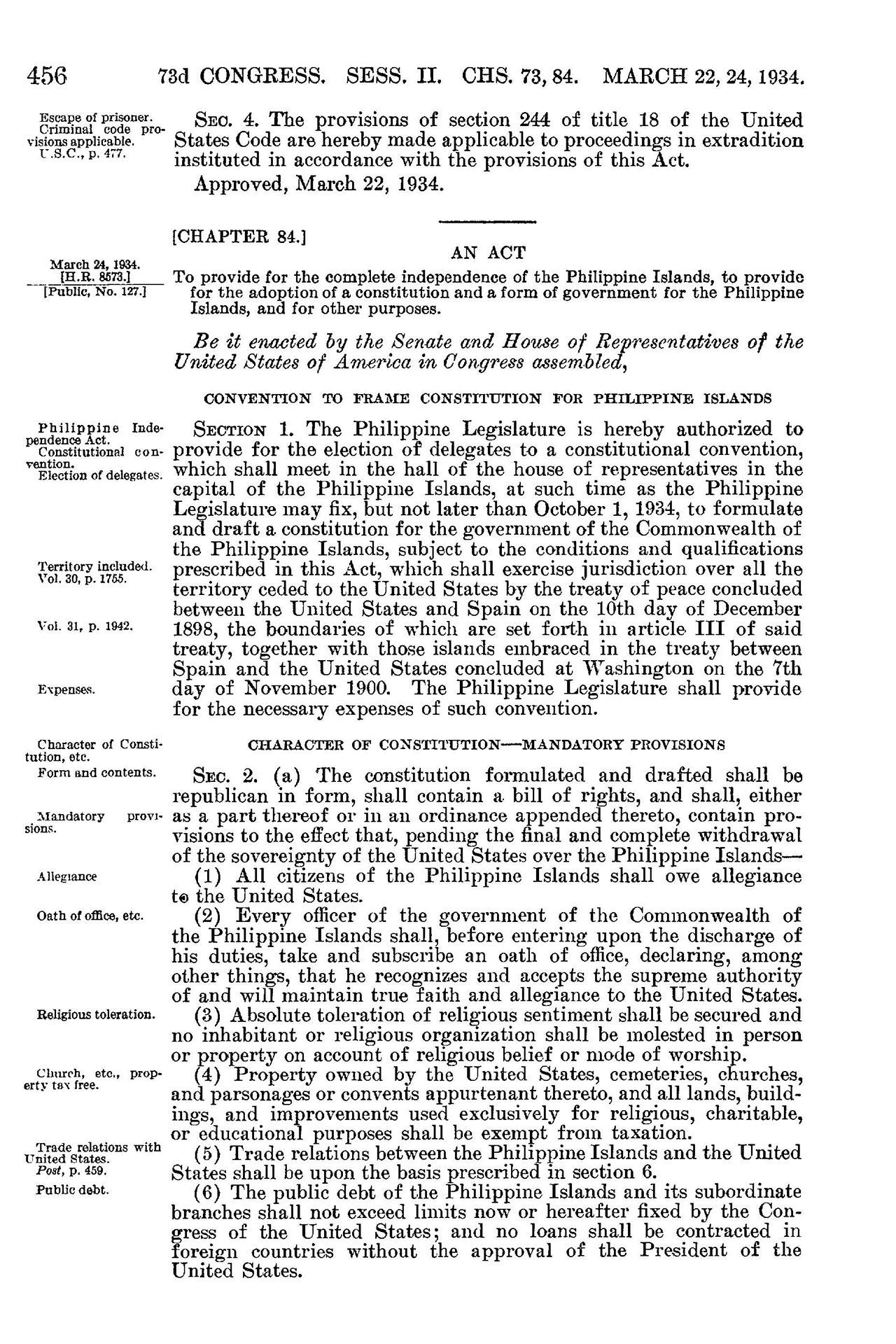
INDIPINOS
Some Filipinos found support within new multi-ethnic communities. In the late 1930s and early 1940s, 36 Indigenous women from 19 different tribes in Canada, Washington State, and Alaska migrated to Bainbridge Island to pick berries for Japanese-American farmers. They met and married young Filipino immigrant bachelors and settled on the island, on the traditional territory of the Suquamish people. This community continues to celebrate their Indigenous and Filipino culture today.
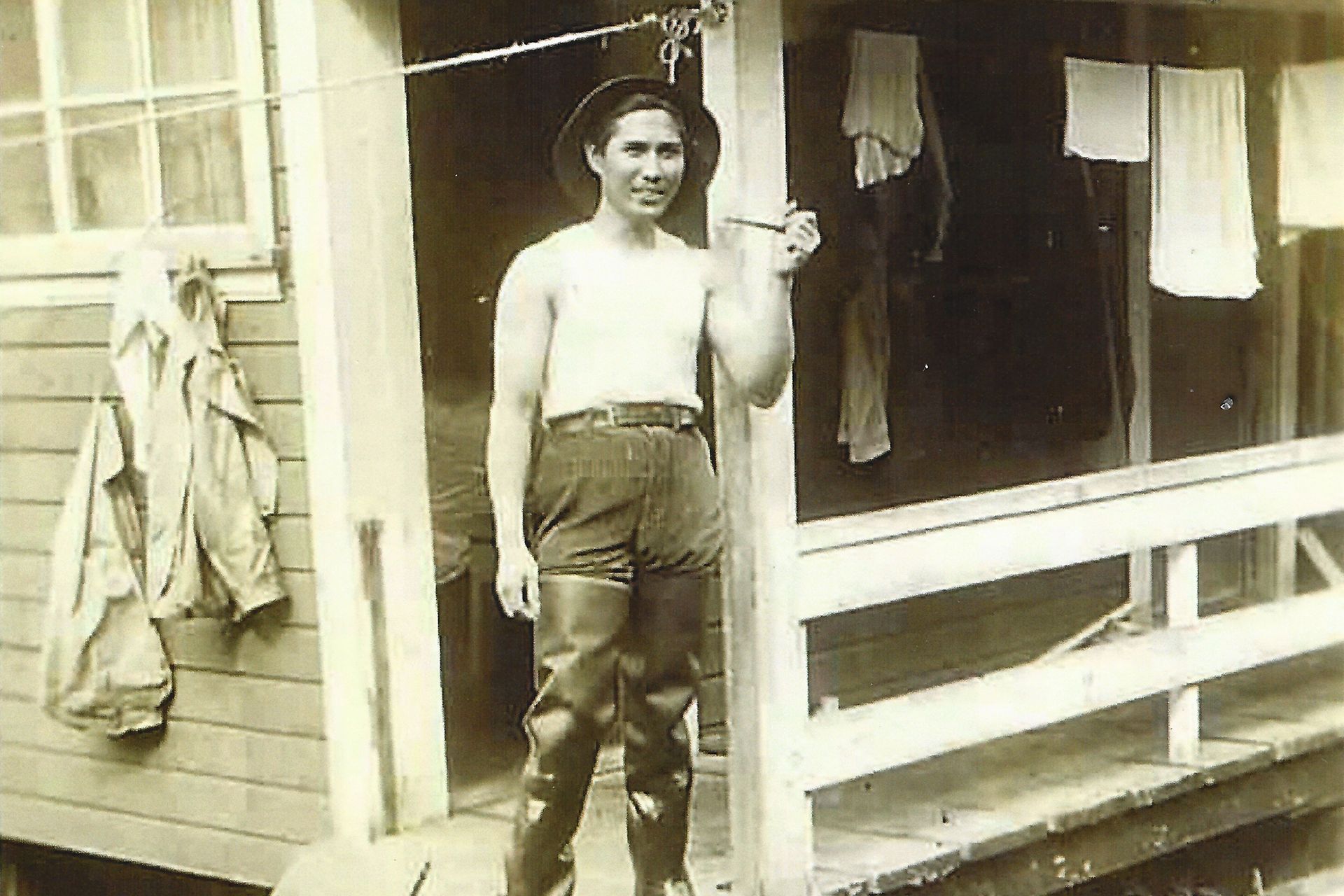
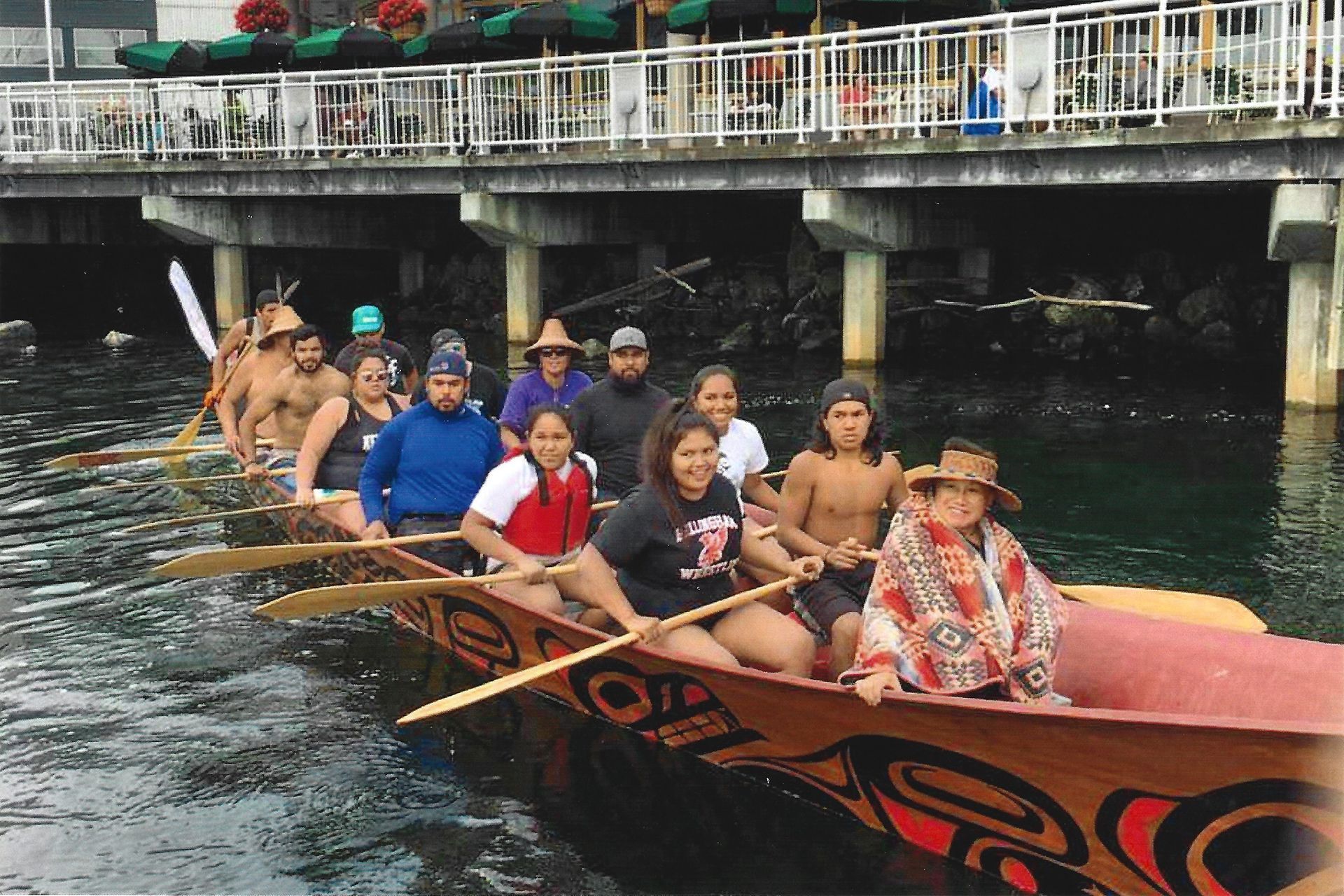
INDIPINO ORIGINS
Joanne Oligario shares the story of how her parents met on Bainbridge Island. They were part of the Indipino community there that farmed and worked in nearby canneries.







